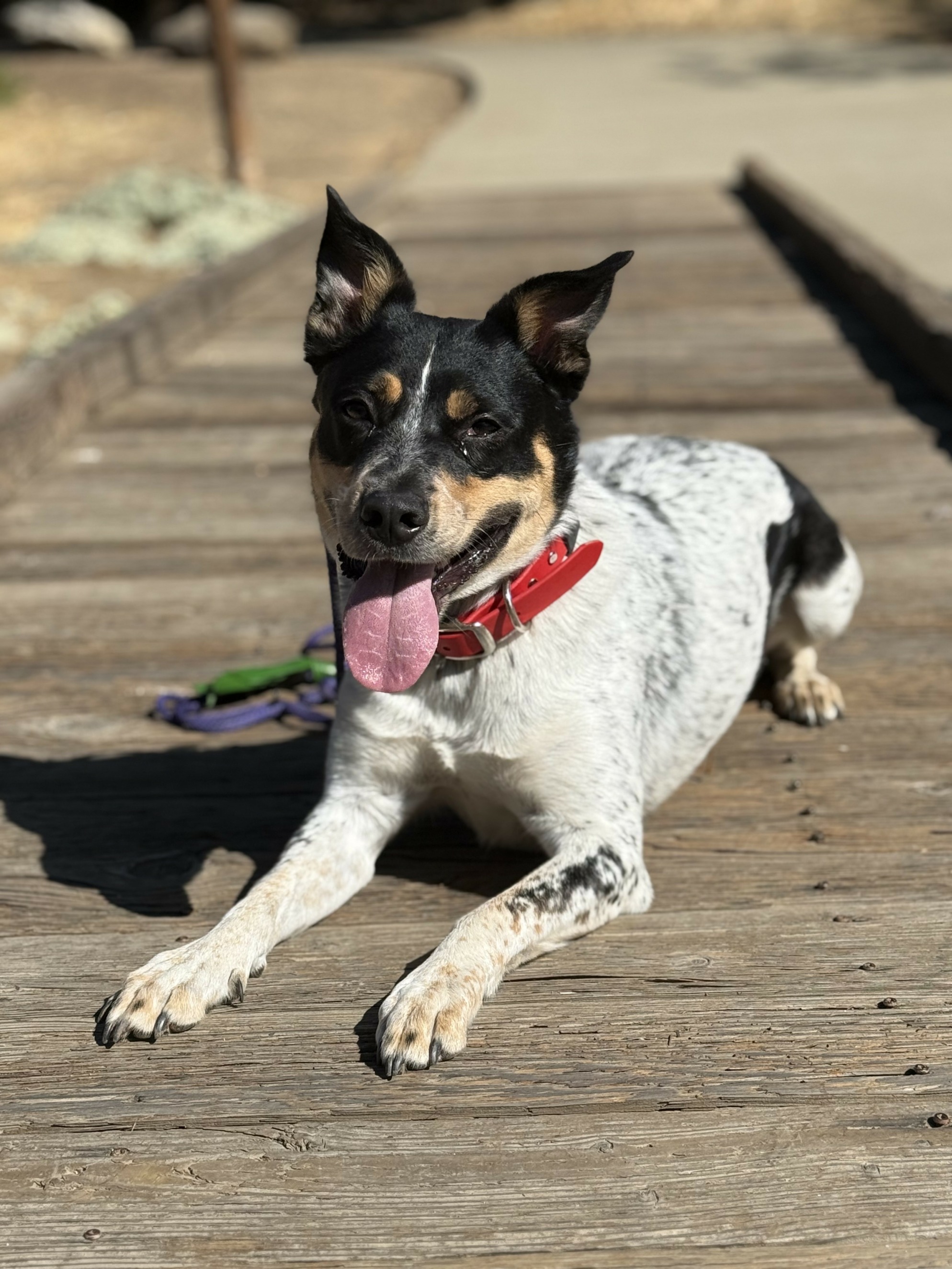
When most people hear the word “socialization,” they think: get the dog around as many people and dogs as possible. The problem? That approach often creates more harm than good. True socialization isn’t about quantity—it’s about quality. It’s about helping your dog build healthy associations with the world around them, so they grow into a confident, balanced companion.
Let’s break down some do’s and don’ts:
✅ Do: Focus on Neutral Exposure
Take your dog into new environments, but don’t force interaction. A dog that learns they can exist calmly around people, dogs, noises, and movement builds confidence without the stress of being pushed.
❌ Don’t: Flood Your Dog
Throwing your pup into chaotic dog parks or loud crowds before they’re ready often backfires. Overexposure leads to anxiety, reactivity, or shutdown behavior.
✅ Do: Give Them a Job
When your dog has clear direction—like practicing a heel, a down, or holding place—they have something to focus on. Structure gives their nervous system clarity and helps prevent them from spiraling into overexcitement or fear.
❌ Don’t: “Let Them Work It Out”
Many owners think dogs will correct each other or figure it out themselves. In reality, this hands-off approach often leads to bad experiences that stick. Your guidance matters.
✅ Do: Go at Your Dog’s Pace
Some dogs need slower introductions and more routine. That’s okay. Building positive experiences step by step is far more effective than rushing.
Here’s the truth: proper socialization isn’t about being “friendly”—it’s about being confident. When we give our dogs guidance, structure, and exposure at the right pace, we set them up for a lifetime of calm, reliable behavior.
If your dog struggles with anxiety, reactivity, or overexcitement, guided training can make all the difference. You don’t have to figure it out alone—that’s exactly why I’m here.